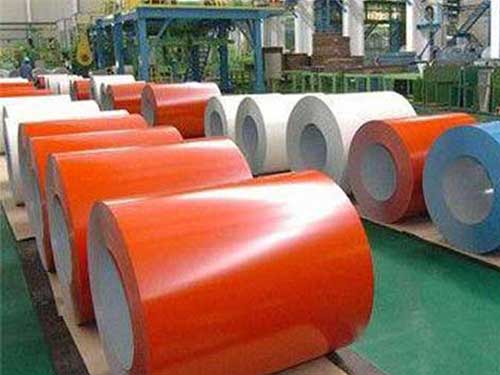3003 H22 H24 Temper Aluminum Coil
In the world of metals, aluminum stands out for its unmatched balance of strength and lightweight properties. Among the various aluminum alloys, the 3003 series exemplifies the perfect fusion of usability and adaptability, particularly in the H22 and H24 tempers.
3003 Aluminum Alloy
Aluminum 3003 is part of the 3000 series, which belongs to the wrought aluminum group alloy primarily composed of 98.5% aluminum and other modifiers. This alloy is recognized for its excellent workability, corrosion resistance, and good welding characteristics. In industrial-grade applications, the mechanical properties of aluminum it can be enhanced through various tempering processes, typified by the H22 and H24 imposable tempers.
What Are H22 and H24 Temper?
H22 Temper: Indicates strain-hardened (H) aluminum that is partly annealed (22). This temper is noted for excellent formability and is often favored in manufacturing processes where workability is paramount.
H24 Temper: An H24 overall indicates that the alloy has been strain-hardened, partially annealed, and retains better quality consistency which grants considerable strength while still maintaining moderate ductility.
Technical Parameters
Let’s look precisely at what sets the 3003 H22 and H24 temper aluminum coils apart.
| Property | H22 | H24 |
|---|---|---|
| Yield Strength (YS) | 150 MPa (22 ksi) | 165 MPa (24 ksi) |
| Ultimate Tensile Strength (UTS) | 210 MPa (30.5 ksi) | 235 MPa (34 ksi) |
| Elongation at Break | 20% min. | 20% min. |
| Hardness | Brinell Hardness: 60 | Brinell Hardness: 65 |
| Thermal Conductivity | 70-86 W/m K | 70-86 W/m K |
These parameters elucidate the diverse characteristics embodied by these tempers.
Implementation Standards
The 3003 H22 and H24 aluminum coils comply with several established industry standards, enabling their usage in a variety of demanding conditions. implementation standards include:
- ASTM B209: Specification for Aluminum and Aluminum-Alloy Sheet and Plate.
- ASTM B221: Meets standards for Aluminum Alloy 3003, suitable for both deep drawing and scratching purposes.
- ASM International: Provides classifications and guidance on best practices for heat treatment of aluminum alloy, underscoring the principles of temper specification applicable to 3003 alloy products.
Chemical Composition
Here's the chemical property table which denotes the standard limit instances of our chosen alloy
| Element | Chemical Composition (%) |
|---|---|
| Aluminum (Al) | Minimum 98.15 |
| Copper (Cu) | 0.05 - 0.20 |
| Manganese (Mn) | 1.0 - 1.5 |
| Silicon (Si) | 0.3 |
| Magnesium (Mg) | 0.0 - 0.2 |
| Iron (Fe) | 0.7 (maximum) |
| Zinc (Zn) | 0.10(maximum) |
| Titanium (Ti) | 0.15 (maximum) |
This detailed analysis exhibits how the unique makeup of aluminum alloy facilitates remarkable resistive properties against corrosion while ensuring reliability.
Advantages of 3003 H22 H24 Aluminum Coil
Corrosion Resistance: A high capacity to resist oxidation ensures longevity in outdoor applications, enhancing its appeal in manufacturing units, especially mid-value quality solvents.
Excellent Workability: Both H22 and H24 are engineered for significant formability; hence, it guarantees decision-making effectiveness during machining, shearing, cutting, drilling, or forming while retaining design integrity.
Lightweight with High Strength-to-Weight Ratio: This makes it optimal for manufacturing parts in automotive builds whereby reductions in weight contribute positively to fuel economy and performance.
Electrical and Thermal Conductor: Regarded for decent welding capabilities in construction, the aluminum makes these coils feasible for electrical assemblies too.
Diverse Applications: Industries often leverage H22 and H24 tempers in cookware, chemical equipment, storage tanks, pressure vessels pickle boats, maritime industries, and even roof manufacturing systems.
https://www.alusheets.com/a/3003-h22-h24-temper-aluminum-coil.html


